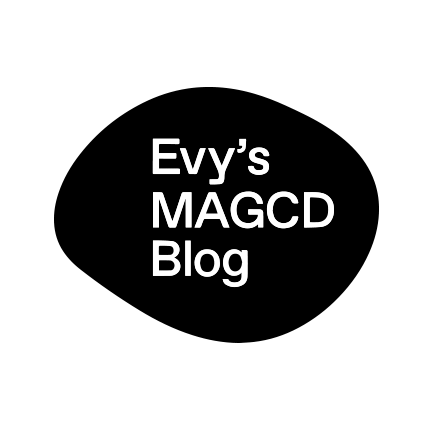This week I started thinking on how design systems can be applied to reframing visual solutions and not necessarily be focused on abstract concepts. In my previous set of iterations I began exploring the ideas of belonging and language through typographic and symbolic iterations. I think this new focus on my research pulls me to not constrain myself to typography as an expression of identity, but to truly explore graphic devices which can help people understand and communicate through the use of methodological processes.

I also participated on Amandine Forest’s workshop on layouts, which was useful to see the importance of design systems at play in a different context and for the study of archival material. It also made me think of the how simple or complicated design systems can be, and the many ways in which these can be approached. By going through this short exercise looking at a medieval text, writing a set of rules, and the passing them on to another team to apply to a new version of the text, I realised there is a lot of potential in translating the most basic compositional elements to experiment with the posibilities available to graphic communication design.



01 Referencing –
As I start to look at the written prompts for this brief, there is a tangible opportunity to explore elements I’ve been already researching through the term, and which I’m very interested to understand in a deeper way. I was really inspired by the work of Otto and Marie Neurath for the IsoTYpe, but also Marie’s work based in post-war England, exploring themes of science and nature through clear pictorial representation.
I’m puzzled by Maria Neurath’s idea of “The Transformer”, and the role of the designer in interpreting information to clarify, educate, expand and transform people’s perception. As with the design of Isotype charts, I wanted to go beyond with this set of iterations and explore data visualisation as an avenue for visual representation.


02 Line of enquiry –
How can we visually uncover new ways of reading, understanding and translating the essence of an idea or narrative through the use of systematic, non-textual visual grammars?



“If you write it so differently, are you, in fact, saying the same thing?” Or how much can you lose before you lose everything? (Davis, 2013)
In a way, this project is about visually rewriting the text through a systematic iterative approach. In how many ways can we tell the same story? How does focus on one domain affect the integrity of the information? What mechanisms exists to aid with the interpretation on the visual forms? Is there a vocabulary shaping by the repetition and developmental nature of applying a systematic iterative process?

03 Final thoughts –
A renewed focus on non-textual narratives lead me to delve deeper into language and meaning beyond typography and writing systems. Instead, I strive to develop visual elements that can facilitate the discovery, comprehension, and communication of previously hidden layers of information.
Design…
To communicate crucial information. To persuade to take action. To convince to make a stand. To re-frame one’s assumptions. To reinforce one’s belief system. To perhaps educate about reality.




04 Tutorial feedback –
- What additional information are we getting out of the story? What information are we uncovering?
- Thinking about people not being able to communicate with each other. (Missed in communication) Lydia Davis’ work is about communication and people.
- The human aspect of the story doesn’t come through. Bring a system of illustration.
- Interesting when combing symbols with images.
- The morphological box to design the characters the locations. The mouths, the eyes, a sequence of details.
- Look at comic books for reference.
